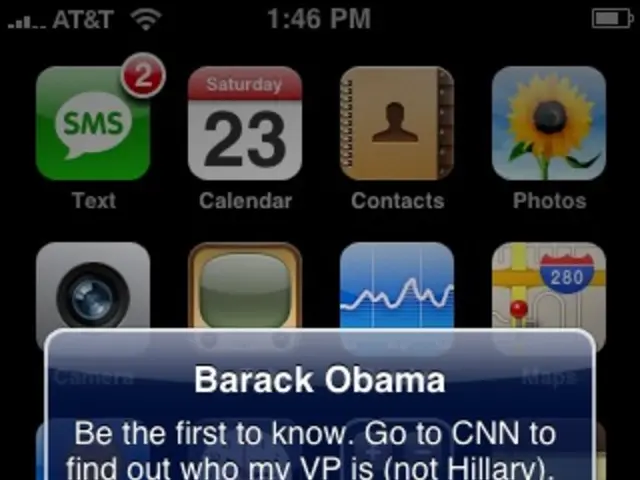From Windows 95 to Web3: The Evolution of Technology's Allure and Challenges
Web3, the next generation of the internet, promises a decentralized future where users control their data. However, its complex nature and risks pose challenges, potentially creating a new digital divide. Meanwhile, Windows 95, launched in 1995, democratized computing with its user-friendly interface, marking a significant shift in technology's evolution.
Windows 95's graphical user interface (GUI) made computers accessible to the masses. Its sleek design, colorful icons, and intuitive menus transformed computers from specialist tools into everyday companions. The robust operating system managed hardware, software, and user interactions seamlessly, ensuring a smooth and efficient computing experience.
In contrast, Web3, with its promise of a decentralized internet, requires a significant technical understanding. Interacting with blockchain technology, navigating cryptocurrency wallets, and engaging with decentralized applications (dApps) can be complex. This complexity may exclude those without the necessary technical skills, potentially creating a new digital divide.
The nascent Web3 ecosystem is fraught with risks. Scams, security vulnerabilities, and extreme market volatility pose significant challenges for the uninitiated. Despite these hurdles, the journey ahead is promising. The future of technology interaction is likely to be collaborative, with different technologies catering to diverse user preferences and needs.
From Windows 95's user-friendly revolution to Web3's decentralized promise, technology's evolution is marked by contrasting allures of aesthetics and utility. As we look ahead, the quest for a truly human-centric future will continue, filled with innovation, challenges, and the ongoing effort to bridge potential divides.






